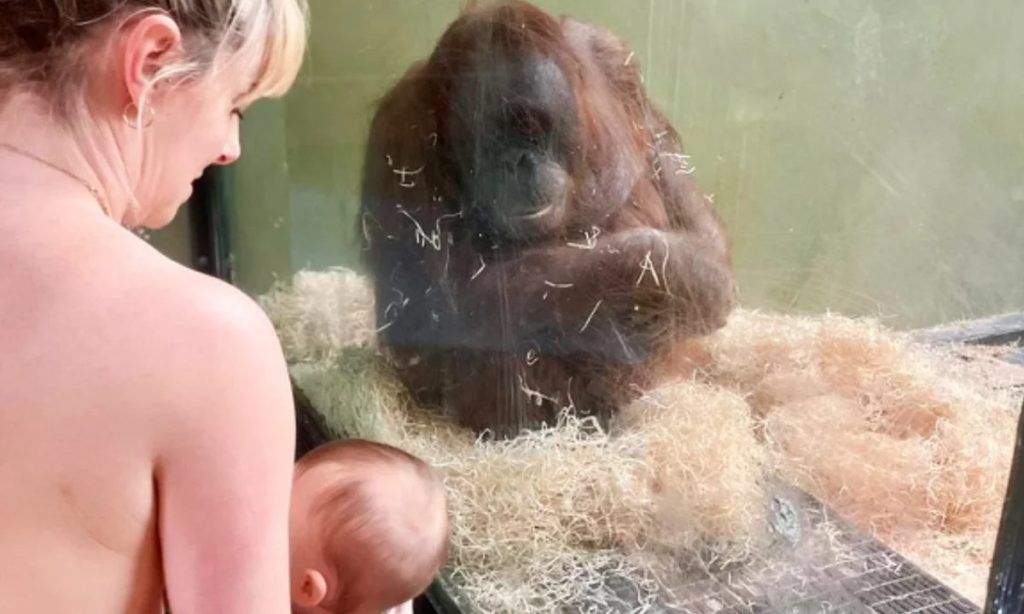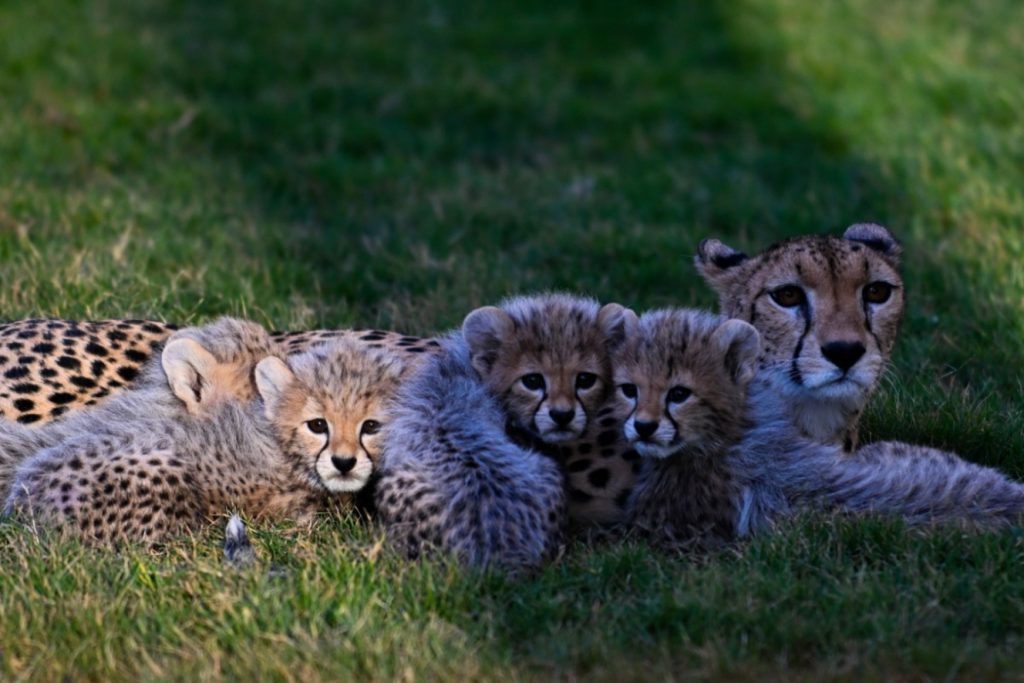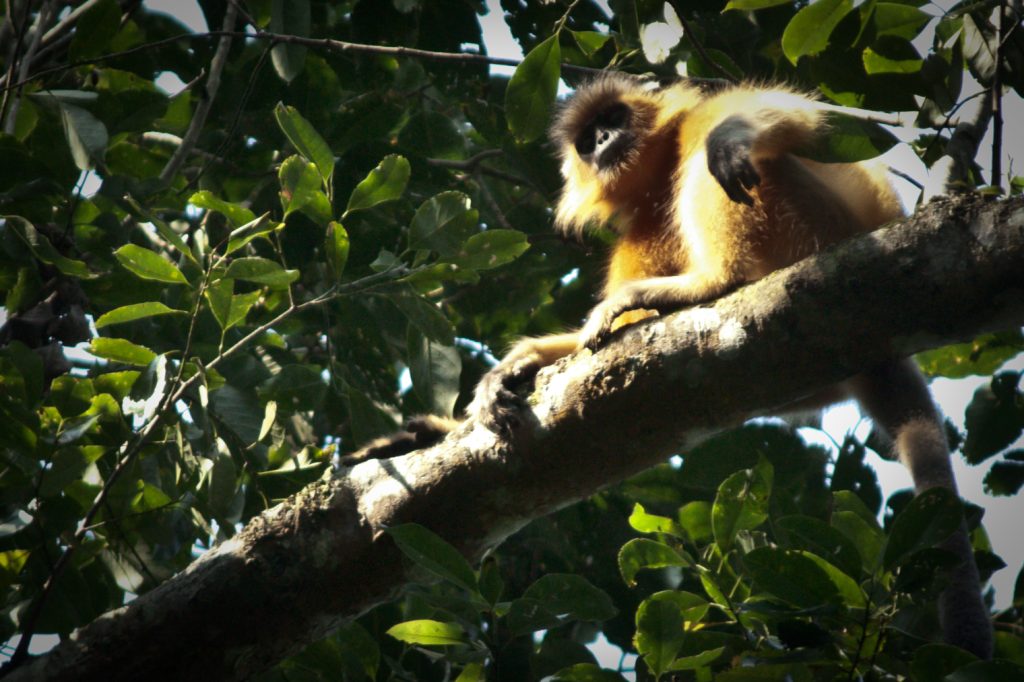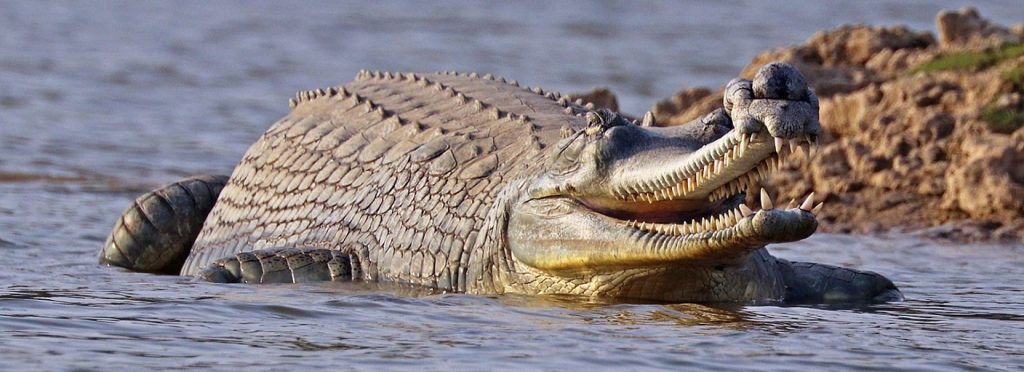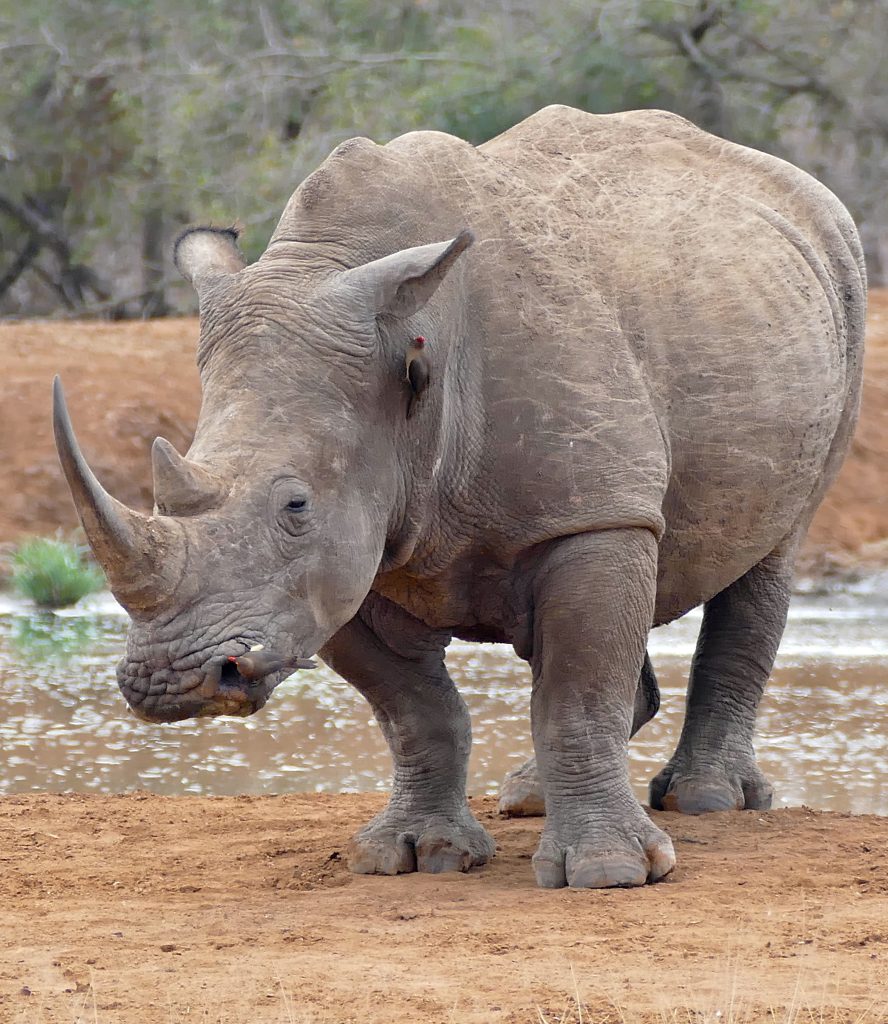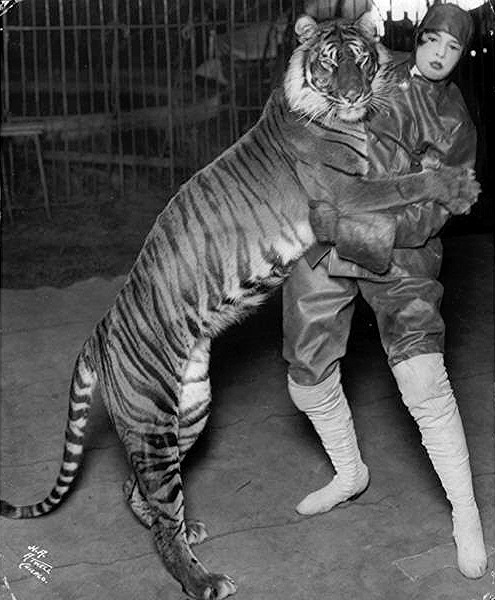Recognized as an incredibly popular species, with a great deal of conservation effort being put into its survival. The Queensland conservation council is urging the state government is calling for its remaining habitat to be protected, as logging continues.
Calls are being made to create a park to protect the species.
The Miles government promised (in June) to turn 50,000-60,000 hectares of high value ecosystems into a greater glider national park. Unfortunately, this plan gave detailed listings of where timber would be extracted, but did not include clear maps for areas to be protected. Quite understandably, conservationists are calling foul – it is not possible to deforest an area, and then call for its conservation.
The population of this species is estimated to have halved in just the last 20 years, which should officially declares it as vulnerable to extinction (it is true that this is often decided over 10 years, but still is a very bad sign). Other issues, is fragmentation of their forests – they are generally very unwilling to come down to ground level to travel to other trees. They can stay in the air for around 100m, but this means that a gap greater than this can isolate the population. They require eucalypt forests (this is almost all they eat, with plenty of large tree hollows to make home, and retreat into.
Will Australia step up, or will this species get pushed into planned extinction? Time will tell, though given Australias track record, we should not expect big things without a great deal of pressure from conservation groups, and publicity on what is happening, from around the world.

